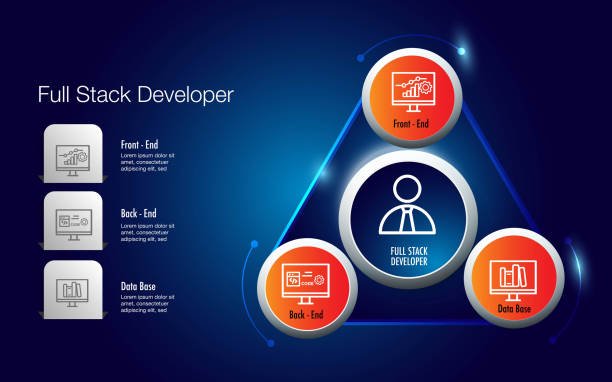Redefining Customer Engagement: Elevating Service from Satisfactory to Extraordinary
In today’s competitive business landscape, mastering service excellence training is vital for any organisation aiming to excel. Providing exceptional customer service is a cornerstone for thriving in the market. While satisfactory customer service sets the foundation, elevating to the realm of customer delight is what differentiates businesses from their competitors. This blog delves into the nuances of delivering top-tier customer service, guided by principles of service excellence training. We will provide insights on how organisations can enhance their customer interactions to craft truly memorable experiences.
Understanding Customer Service Excellence
Customer service excellence refers to consistently exceeding customers’ expectations by delivering outstanding support and personalised experiences. It involves understanding customers’ needs, empathising with their concerns, and proactively resolving issues to ensure their satisfaction. However, true customer service excellence goes beyond mere satisfaction. It aims to create a lasting emotional connection with customers that leads to loyalty and advocacy.
Role of Service Excellence Training
One effective way for organisations to foster a culture of exceptional customer service is through service excellence training programmes. These training sessions equip employees with the necessary skills and knowledge to handle various customer interactions effectively. By focusing on communication skills, problem-solving abilities and empathy building, such programmes empower employees to provide personalised solutions that leave a positive impact on customers.
Improving Customer Service
1. Understanding customer needs: To deliver exceptional service, organisations need to have a deep understanding of their customers’ needs and expectations. Conducting regular surveys or gathering feedback through various channels enables businesses to gain insights into what truly matters to their customers.
2. Empowering employees: Empowered employees are key drivers of exceptional customer service. Encouraging employees to take ownership of customer interactions fosters a sense of accountability and motivates them to go the extra mile in finding solutions that meet customer expectations.
3. Building emotional connections: Exceptional customer service often involves creating emotional connections with customers. This can be achieved by actively listening, showing empathy, and providing personalised recommendations or solutions. By treating customers as individuals and not just transactions, organisations can build long-lasting relationships.
4. Anticipating customer needs: Exceptional customer service means not just reacting to issues, but also predicting and solving them before they happen. By using tools like predictive analytics or AI chatbots, organisations can quickly deal with customer problems before they even come up, making the overall customer experience better.
5. Continuous improvement: Delivering exceptional customer service requires organisations to constantly evaluate their processes and identify areas for improvement. Regularly seeking feedback from both employees and customers allows businesses to identify pain points and implement necessary changes to enhance their service delivery.
Enhancing Customer Satisfaction with Proactive Service Solutions
Exceptional customer service goes beyond mere satisfaction — it aims to create memorable experiences that cultivate loyalty and advocacy. By investing in service excellence training programmes, understanding customer needs, empowering employees, building emotional connections, anticipating customer needs and prioritising continuous improvement, organisations can elevate their service levels to surpass expectations and achieve customer delight.
If you want to enhance your skills in delivering exceptional customer service, consider enrolling in a Service Excellence Training course offered by Imarticus Learning. Our comprehensive programme provides practical insights and hands-on training to help you excel in your interactions with customers. Visit our website today to learn more.










